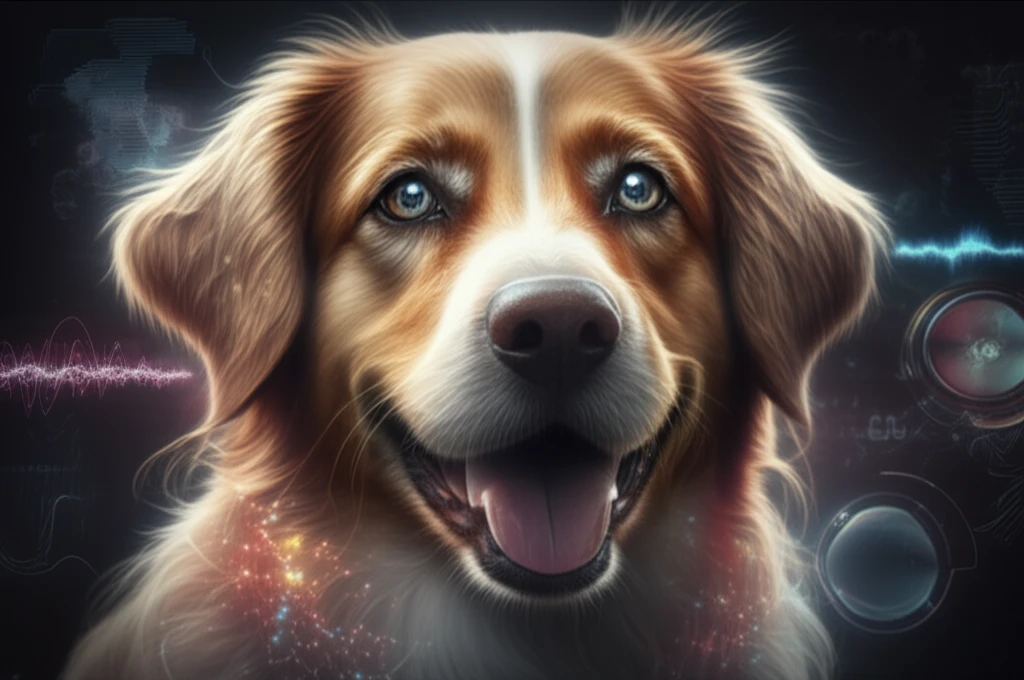
Shedding Light on Cataracts in Dogs: An In-Depth Look at Diagnosis and Treatment
"Uncover the latest advancements in ultrasonography for diagnosing canine cataracts and how these insights are improving surgical outcomes."
Cataracts are a leading cause of blindness in dogs, often requiring surgical intervention to restore vision. Understanding the nature and extent of the cataract is crucial for successful treatment, making accurate diagnostic tools essential. One such tool, ultrasonography, has proven invaluable in assessing the lens and planning the surgical approach.
Ultrasonography offers a non-invasive way to visualize the internal structures of the eye, providing detailed images that help veterinarians determine the cataract's size, location, and density. This information is vital for surgical planning, especially when using phacoemulsification, a common technique for cataract removal. By understanding the cataract's characteristics beforehand, surgeons can tailor their approach, potentially improving outcomes and reducing complications.
This article explores the use of ultrasonography in diagnosing and managing senile cataracts in dogs. We'll delve into how this imaging technique aids in pre-surgical assessment, improves surgical precision, and ultimately enhances the quality of life for our canine companions.
Why is Early Diagnosis Key for Canine Cataract Treatment?

Early diagnosis of cataracts in dogs is crucial for several reasons, impacting both the success of treatment and the overall well-being of the animal. Identifying cataracts early allows for timely intervention, which can prevent further vision loss and improve the chances of a successful surgical outcome.
- Preventing Complete Vision Loss: Cataracts worsen over time, leading to complete blindness if left untreated. Early detection allows for intervention before significant vision loss occurs.
- Improving Surgical Success Rates: Surgery is often more successful in the early stages of cataract development. The lens is typically softer and easier to remove, reducing the risk of complications.
- Reducing Inflammation and Discomfort: Advanced cataracts can cause inflammation and discomfort in the eye. Early treatment can alleviate these symptoms and improve the dog's quality of life.
- Ruling Out Other Eye Conditions: Early diagnosis allows veterinarians to rule out other underlying eye conditions that may be contributing to vision problems.
- Better Post-Operative Recovery: Dogs undergoing cataract surgery in the early stages tend to experience quicker and smoother recovery periods.
Empowering Pet Owners Through Knowledge
Understanding the role of ultrasonography in diagnosing canine cataracts empowers pet owners to make informed decisions about their dog's eye care. By embracing proactive monitoring and early intervention, we can help our beloved companions maintain clear vision and a high quality of life.
